We implement a Community Management of Acute Malnutrition (CMAM) program, one of the most cost-effective ways to save lives.
What’s a CMAM Program?
-
CMAM treats children in communities, cutting out hospital bills and the burdens of transportation costs and travel time for caregivers.
Taimaka’s community mobilizers make regular visits to villages near our CMAM centers to screen for cases. Wrapping a ‘MUAC tape’ around a child’s middle-upper arm allows mobilizers to immediately assess their status.
Children in the red and yellow zones have severe or moderate acute malnutrition (SAM/MAM), respectively, and are immediately referred to Taimaka’s nutrition clinics.
-
At a clinic, centrally located among a cluster of villages, Taimaka provides weekly food rations to supplement a child’s caloric intake, which their caregiver can provide to them throughout the week.
We also provide medications, immunizations, and nutrition counseling as necessary. Severely malnourished children are provided with ready-to-use-therapeutic food, or RUTF, while moderate cases are provided with locally-produced complementary food.
Throughout their time in the program, children receive a host of interventions that are independently cost-effective at improving their health, including:
Vitamin A
Deworming
Routine Vaccinations
HIV Testing and Referrals
and treatment for diseases including malaria, tuberculosis, and pneumonia.
-
Cases with severe complications that are unmanageable without specialized care are referred to the closest hospital, where doctors partnered with Taimaka can stabilize the child at no cost to the mother.
All facilities, including these, are run in partnership with a state government that cost shares with us by providing access to facilities and personnel.
-
Week after week, triage officers assess how a child is progressing by measuring their height, weight, MUAC, and whether they have any complications (e.g., malaria). After an average of 8-12 weeks, children recover when they reach the green band of the MUAC tape, signaling that they have regained a critical amount of body mass.
If the child has improved anthropometric (e.g., MUAC) measurements and no other clinical complications, triage officers discharge the child as recovered.
While a majority of children recover in CMAM programs, a percentage of them will also die due to their illness, or dropout of the program for a variety of reasons. Standards in humanitarian settings require that CMAM programs aim to have at least 75% of all children in their programs recover, a standard which Taimaka consistently exceeds.
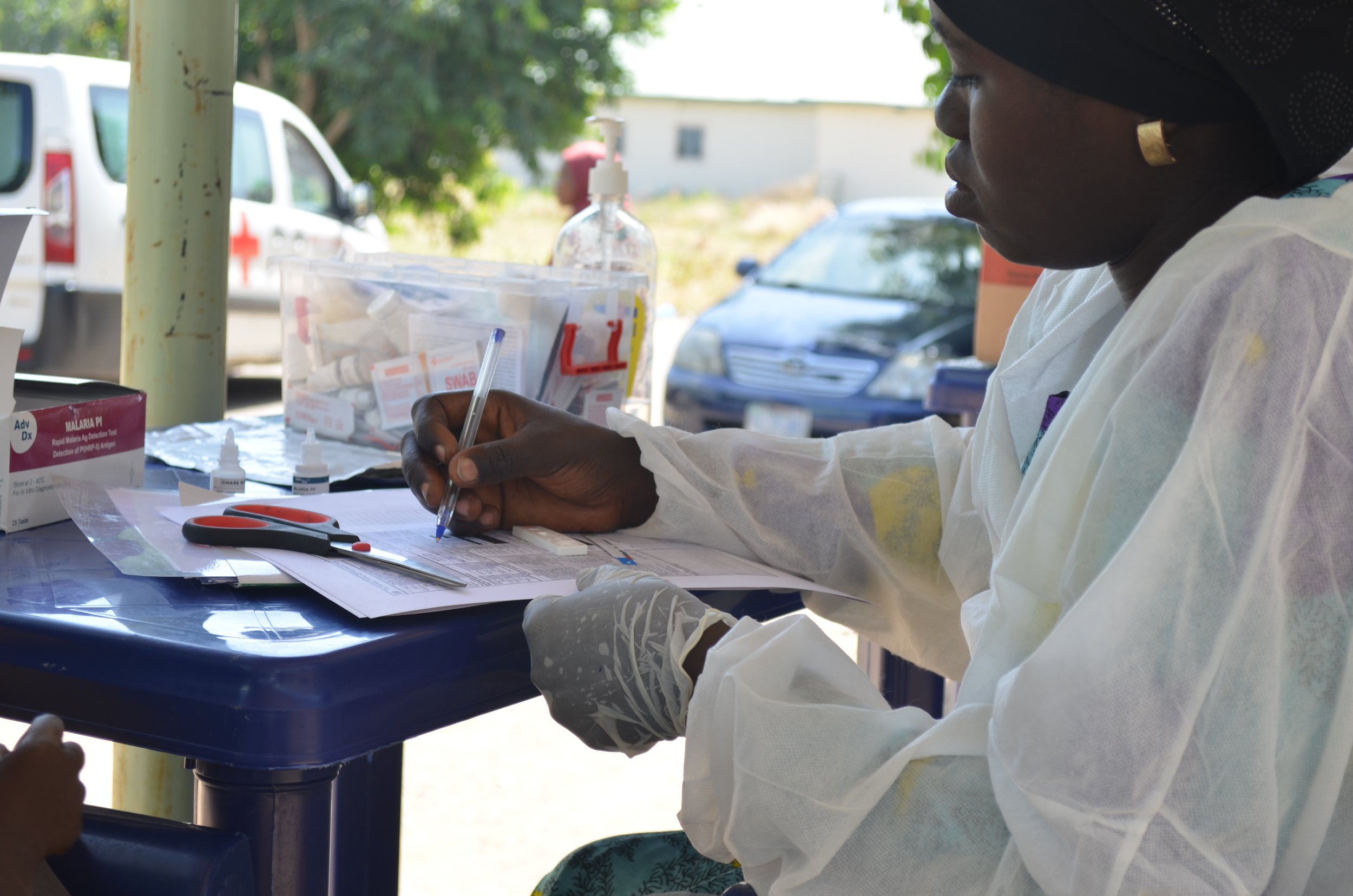
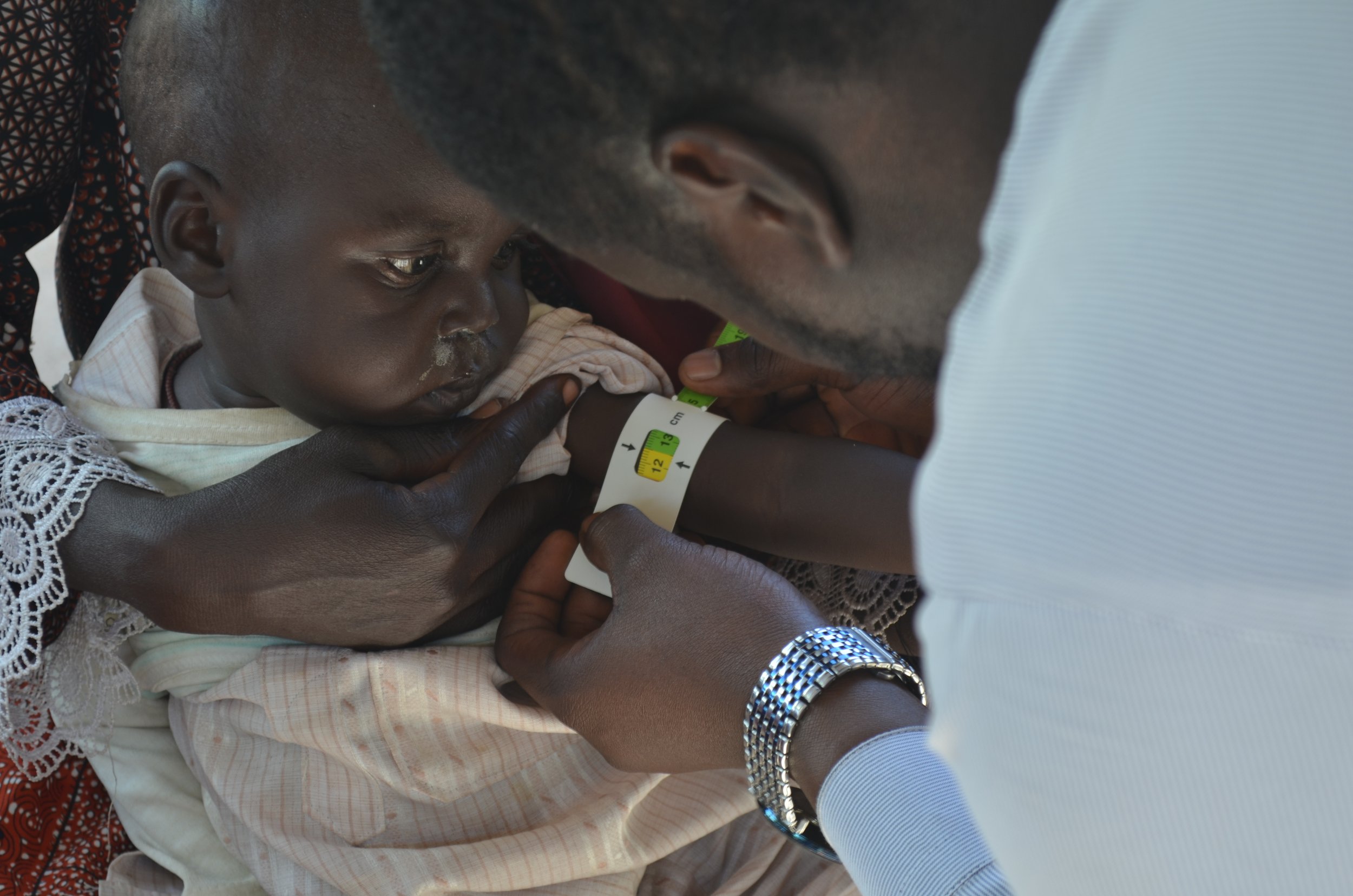
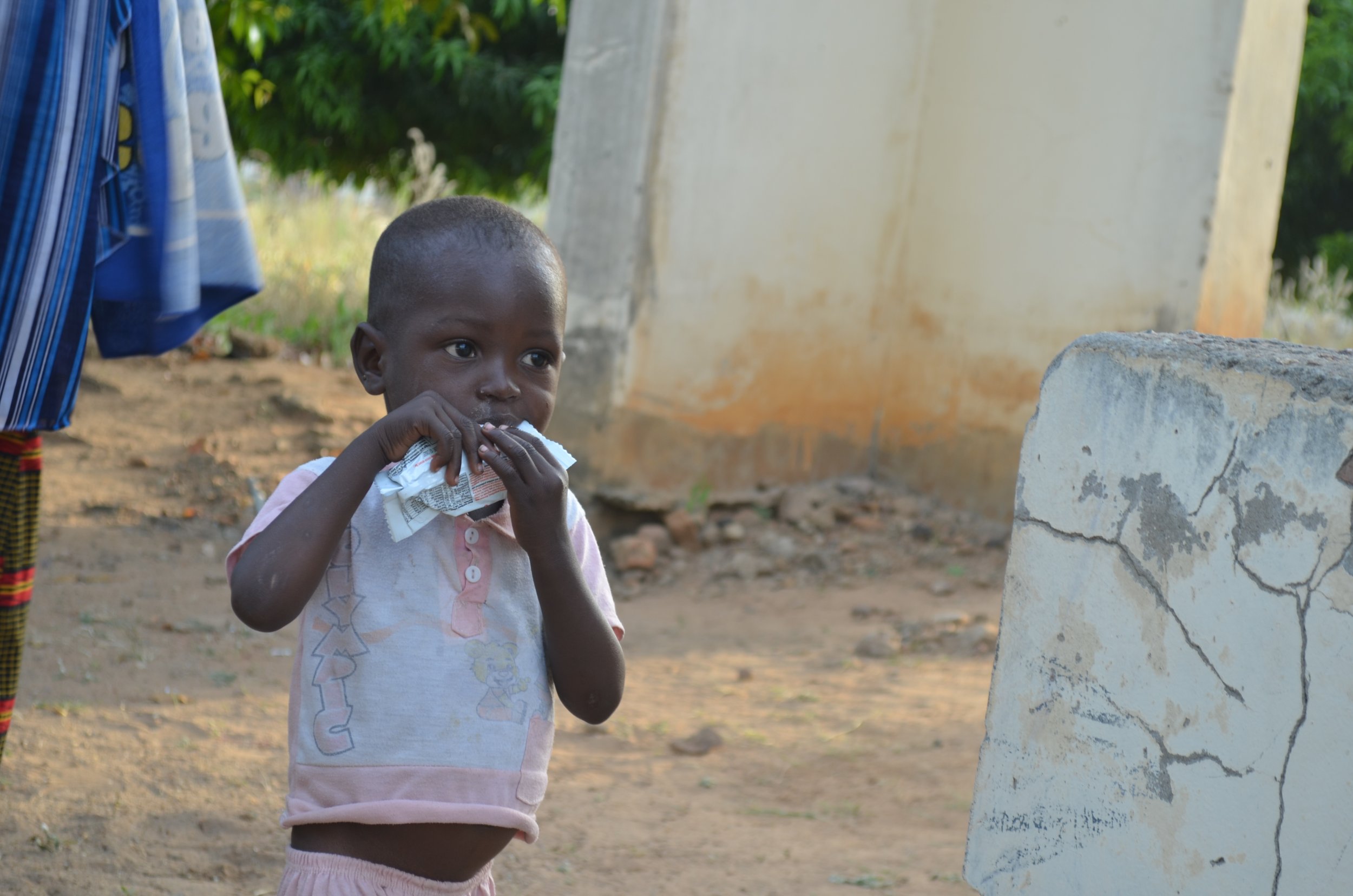
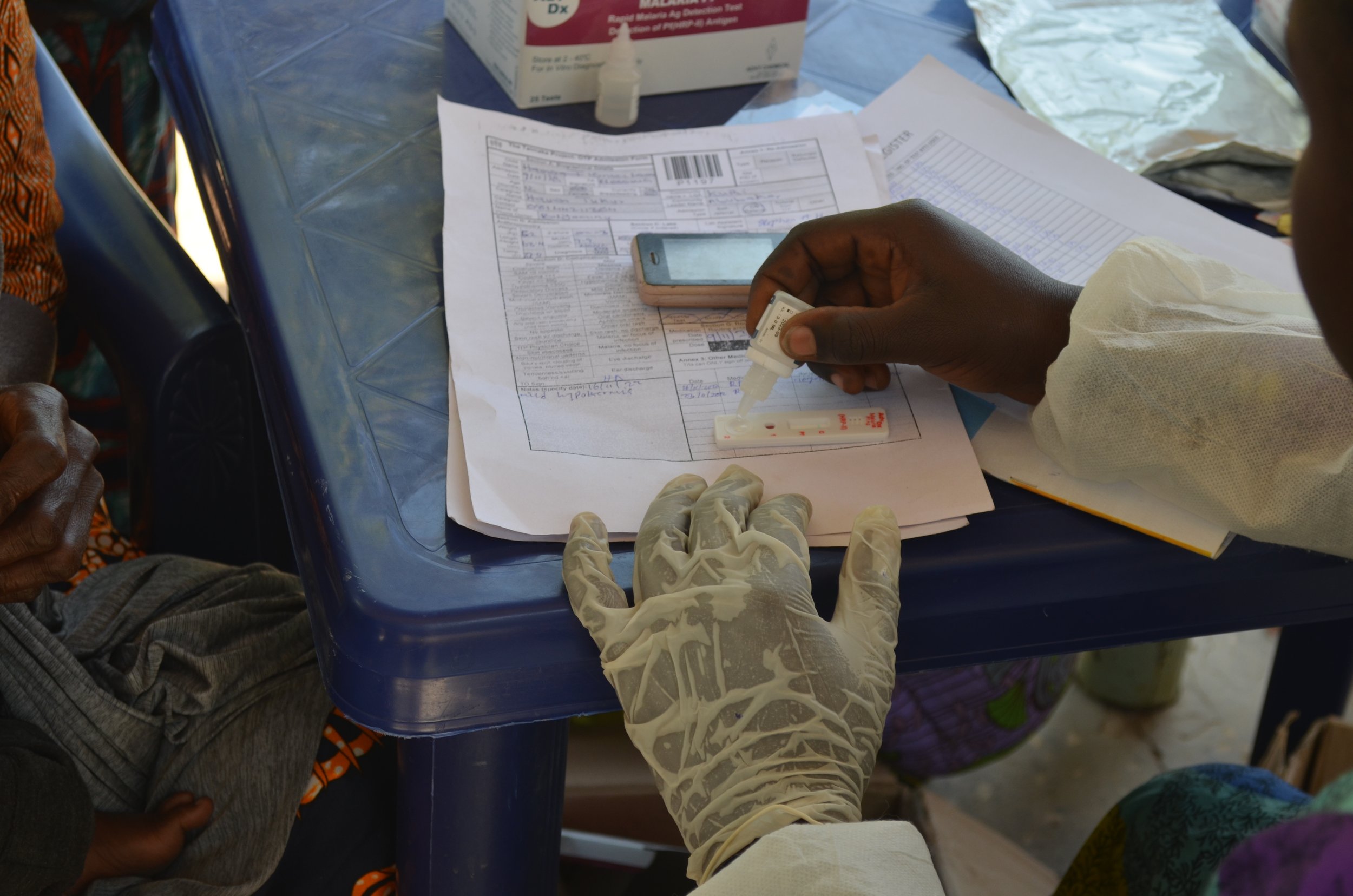
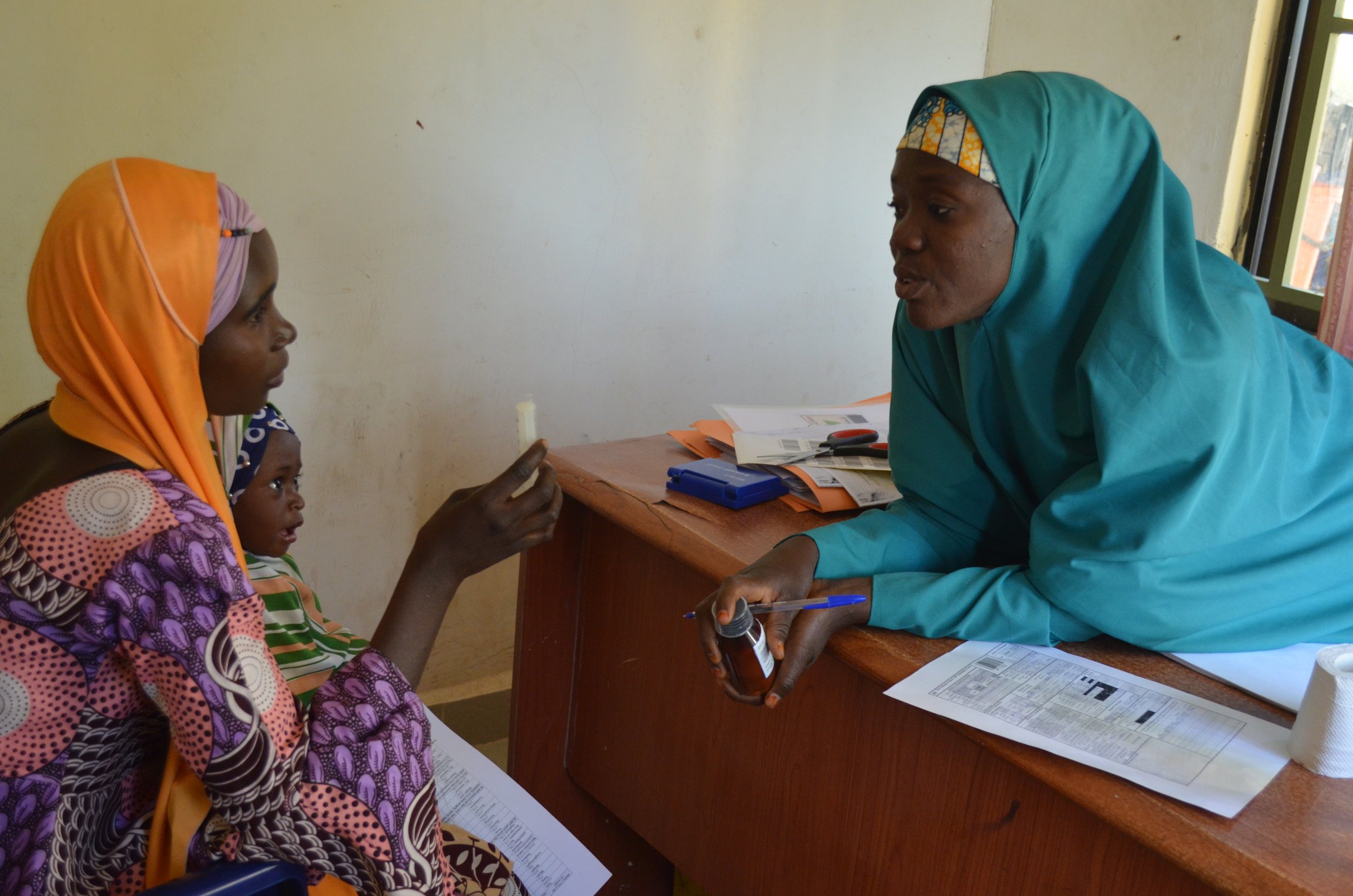
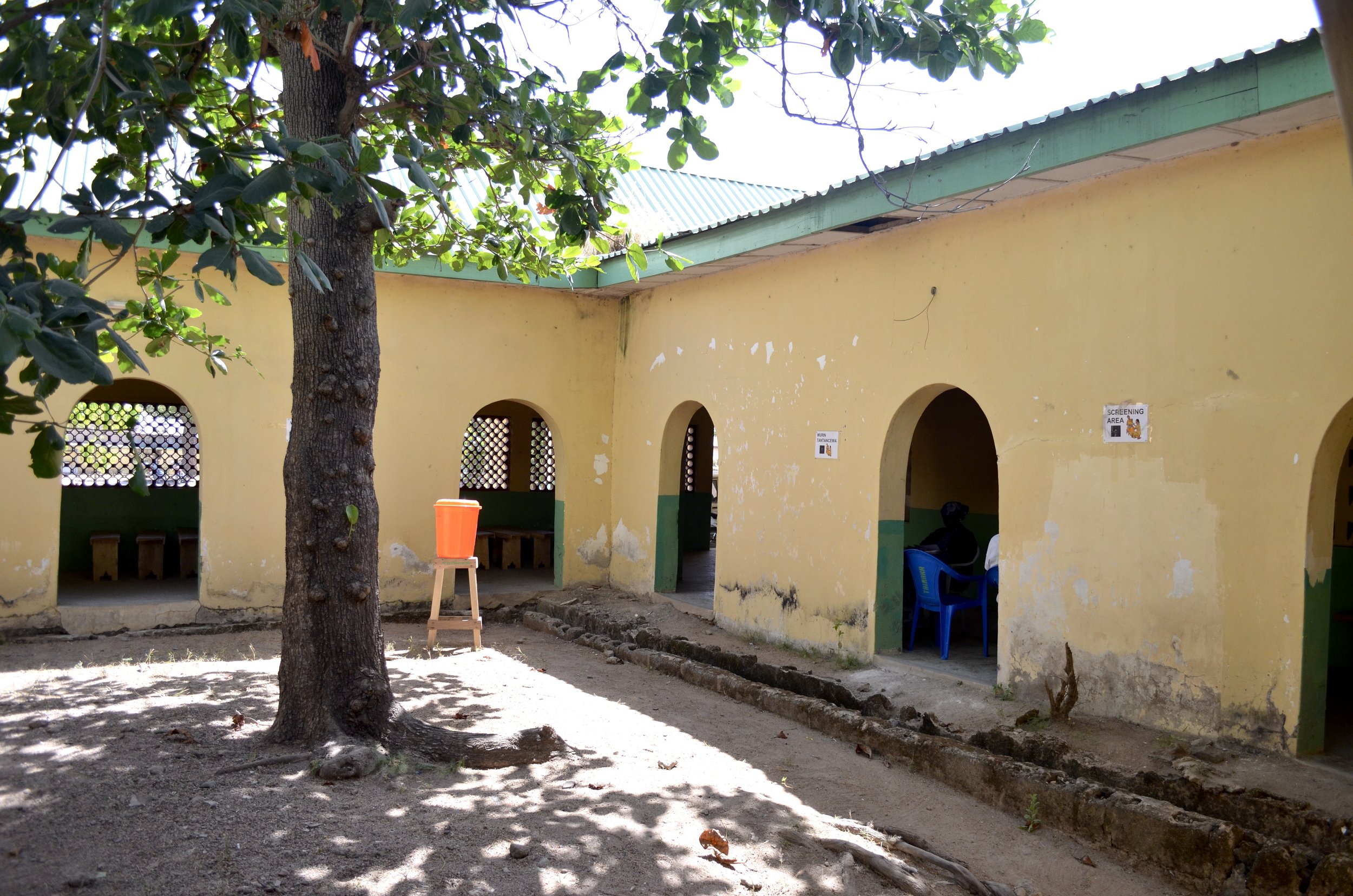

We care about impact per dollar.
Our program is rooted in the principle of cost-effectiveness: the idea that each dollar we spend should save as many lives as possible. We benchmark our cost-effectiveness against the most impactful organizations across the world.
What does that mean?
Cost-effectiveness analysis aims to find out how much good an organization does per dollar spent. If $50,000 spent by charity 1 saves ten lives and $50,000 dollars spent by charity 2 performs an operation to stop one person from going blind, we would deem charity 1 to be more cost-effective.
Why should we care?
When you take a rigorous look at charities around the world, it turns out that some are 10,000 times more effective than others! Some even have a negative effect.
These huge discrepancies in efficacy aren’t that surprising when you think about it. A charity can be compared to a business, except instead of making money, we want to do good (you could measure this in QALYs, but that’s the topic of another article). Most start-up businesses struggle and often fail. Those that do make it can make a wide range of incomes, from just surviving to very successful. There are fewer and fewer businesses making huge amounts of money. And if you invest in Theranos vs Facebook you’re all out of luck - one is bust and one is worth billions.
Similarly there are many charities that do a little bit of good, but a few that do tremendous amounts. See the graph for a visual. If you take the time to find out which is which, you could do almost inconceivable amounts of good with your money! Giving to a charity in the 99th percentile of efficacy, you might do over 100 times as much good as a random charity in, say, the 50th percentile. You would save lives.
What This Means for Taimaka.
As a result, we use cost-effectiveness as our guiding principle. We will always operate to do the most good with our resources, and if that is no longer possible, our project comes to an end. Our treatment program is one of the most cost-effective ways to save lives, because CMAM is an independently good intervention (see Givewell’s analysis), and because we do it particularly well.
Why is Our CMAM Program Particularly Cost-Effective?
OptiMA Protocol
We use a reduced-dosage, weight-based protocol designed by ALIMA to use less therapeutic food (RUTF) per child to achieve the same recovery rates with 40% less food.
Using the OptiMA protocol allows us to use an average of 65 sachets of RUTF per child, rather than an average of 112, substantially reducing our cost per life saved.
MAM Treatment
We treat moderately acutely malnourished children (MAM) in addition to severe cases. Treating MAM allows us to catch children early and treat them at a much lower cost than if they fell into SAM.
Digitizing Care
Our treatment staff are aided by a custom-built digital care tool which guides them through each step of the treatment process. This helps us achieve higher quality of care at a comparatively low cost, and helps us collect better data on our programs, so we can be assured we know their performance exactly.
Government Partnerships
We cost-share with government healthcare facilities and work with government doctors and nurses. This model results in cost savings and a more sustainable model by avoiding the creation of a parallel healthcare system.
Local Leadership
We’re led by people who work where they live. Because we’re a Nigerian-led organization working in Nigeria, we’re able to think creatively and compassionately about the problems our caregivers face and how to solve them, leading to innovative solutions.
Volunteer
Donate
Newsletter


